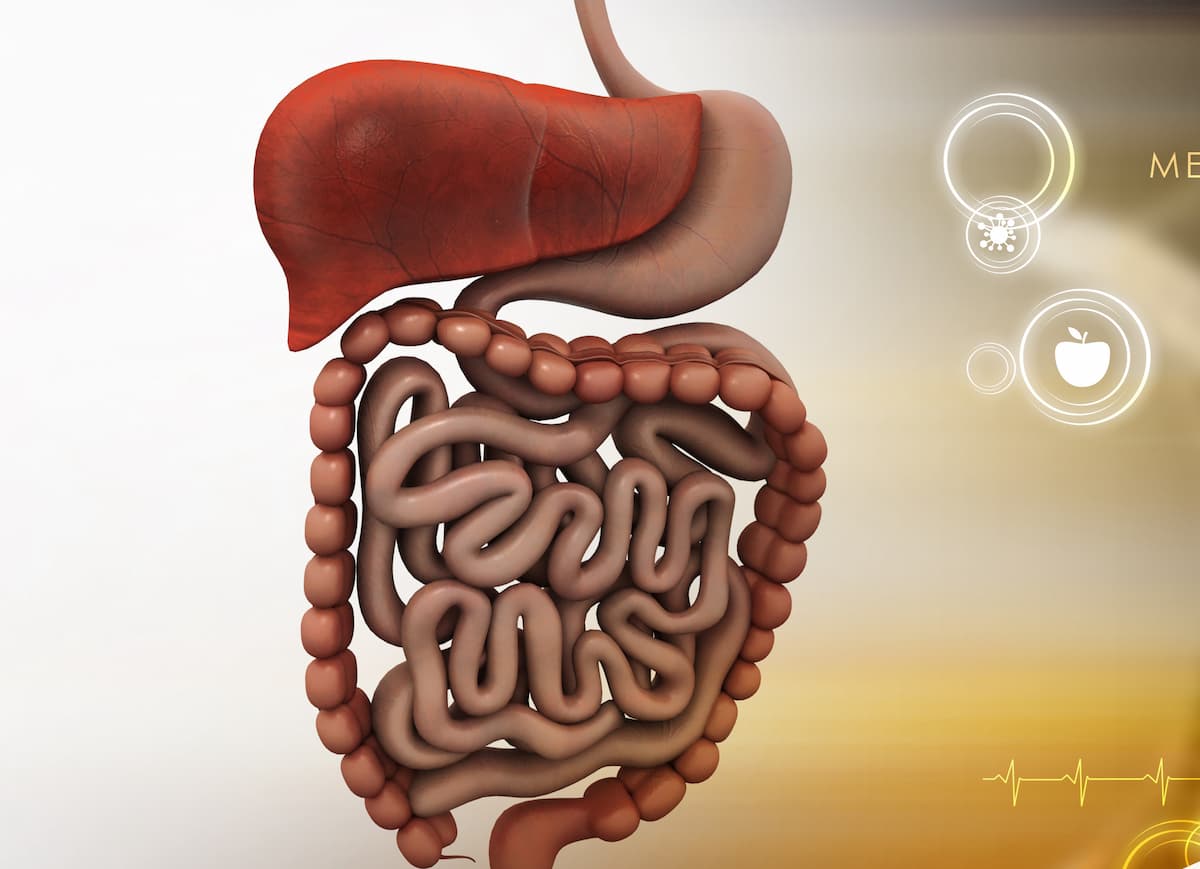FDA Clears Chromogranin A Immunoassay in Gastroenteropancreatic NETs
Clearance of an automated immunoassay allows practices to measure chromogranin A concentration in human serum, thereby tracking disease progression in those with gastroenteropancreatic neuroendocrine tumors.
Clinical evidence supporting the chromogranin A assay’s use in this indication came from the Chromogranin A as Surveillance Biomarker in Patients With cARcinoids (CASPAR) study (NCT03817866).

The FDA has cleared the Thermo Scientific B·R·A·H·M·S CgA II KRYPTOR assay for monitoring disease progression in patients with gastroenteropancreatic neuroendocrine tumors (GEP-NETs), according to a press release from Thermo Fisher Scientific.1
The automated immunoassay is designed to assess levels of chromogranin A (CgA) in human serum, which can enable practices to monitor tumor progression and assess the applicability of potential treatment options for those with GEP-NETs. According to the press release, the assay is intended to operate using the Thermo Scientific B·R·A·H·M·S KRYPTOR compact PLUS random-analyzer, which makes use of TRACE technology to deliver precise results in less than half an hour.
Clinical evidence supporting the assay’s use in this indication came from the Chromogranin A as Surveillance Biomarker in Patients With cARcinoids (CASPAR) study (NCT03817866).2 In this prospective, multi-center observational study, investigators assessed the CgA assay’s ability to monitor grade 1 and 2 GEP-NET progressive or non-progressive disease in 153 evaluable patients with neuroendocrine tumors.
“Thermo Fisher is committed to the development of clinical diagnostics solutions that enable healthcare providers to improve patient outcomes,” Tina Liedtky, president of clinical diagnostics at Thermo Fisher Scientific, said in the press release.1 “This assay will enable customers to replace manual laboratory developed tests, increase productivity in their labs, and will provide clear guidance on how to interpret results.”
According to manufacturers, currently available routine diagnostic tools for the GEP-NET population, including lab-developed manual immunoassays and imaging methods like CT or MRI, pose certain challenges in monitoring patients.2 These issues include heavy intervention and hands-on processes associated with manual lab developed tests (LDTs) resulting in inefficient workflow, high maintenance related to CgA LDTs, heterogenous quality of available CgA LDTs leading to incomparable results, and long processing times associated with CgA measurements through LDT.
To circumvent these challenges, developers designed the automated immunofluorescent assay for quantitatively assessing CgA concentration in human serum. Additionally, CgA is intended to be used in combination with other clinical methods to aid in evaluating disease progression in those with grade 1 and 2 GEP-NETs.
In the CASPAR study, investigators evaluated disease progression via CT or MRI scans while classifying tumors for progression vs no progression based on RECIST v1.1 criteria. Positive changes in CgA levels were defined as an increase of more than 50% in a patient’s CgA concentration to an absolute value of more than 100 ng/mL.
Patients 18 to 85 years old with primary well-differentiated grade 1 and 2 NETs located in the jejunum, ileum, colon, rectum, duodenum, appendix, stomach, or pancreas were eligible for enrollment on the trial. Additional eligibility criteria included having measurable disease per RECIST v1.1 criteria, a baseline ECOG performance status of 0 or 1, and discontinued treatment with proton pump inhibitors, corticoids, and H2-receptor antagonists for 3 or more weeks before study entry.
Those with other active malignancies excluding melanoma or other cancers that occurred more than 5 years ago were unable to enroll on the study. Patients were also unsuitable for enrollment if they had severe renal dysfunction, severe liver dysfunction, severe cardiovascular disease, or known pregnancy.
References
- Thermo Fisher announces FDA-clearance of first-to-market automated assay to assess tumor progression in neuroendocrine cancer patients. News release. Thermo Fisher Scientific. September 15, 2023. Accessed September 28, 2023. https://shorturl.at/CLNOR
- Fast, precise, efficient monitoring of neuroendocrine tumors. Thermo Fisher Scientific. Accessed September 28, 2023. https://shorturl.at/noHI5